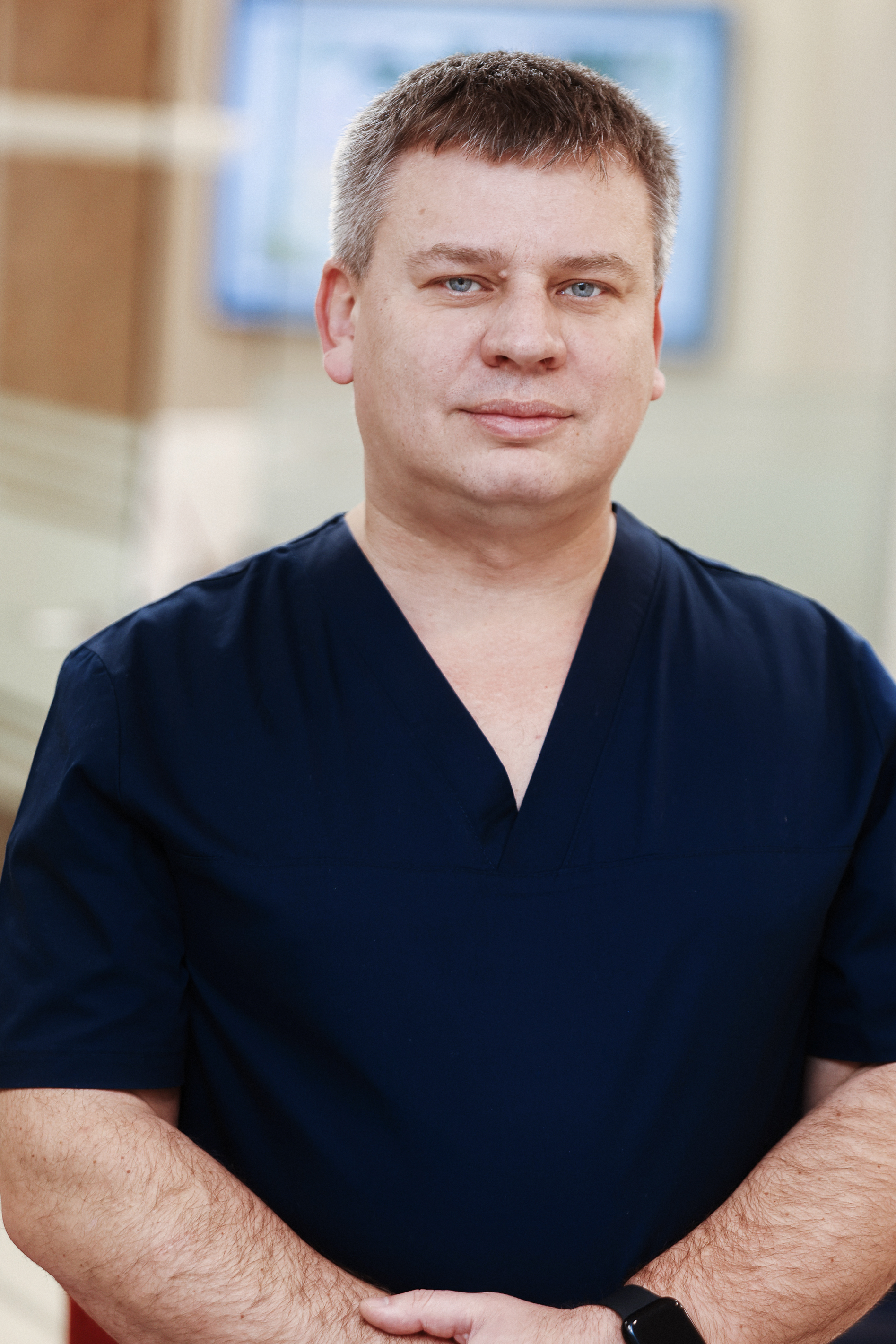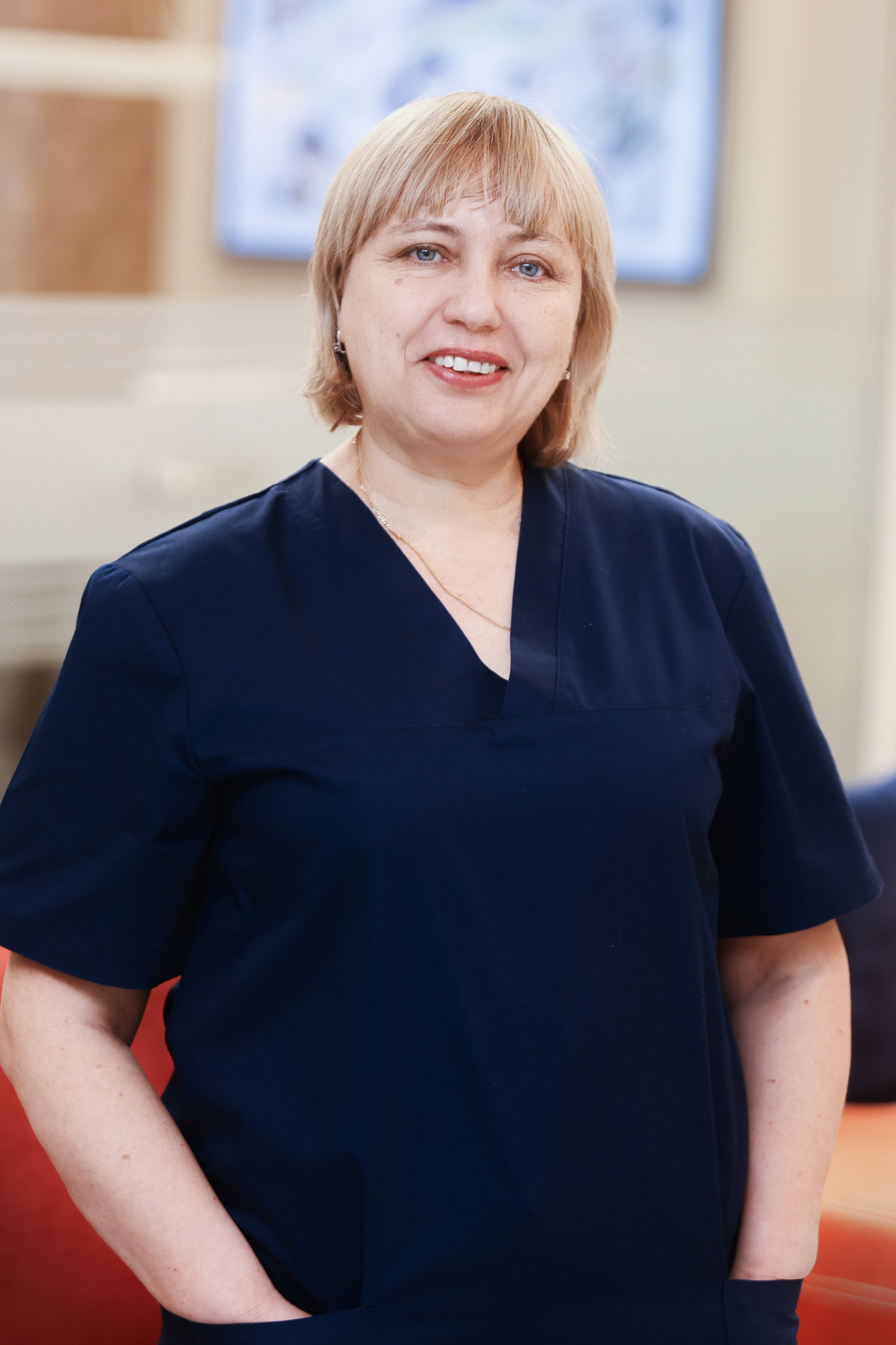Cataract is an eye disorder characterized by lenticular opacity. It can be complete or partial, the disease is accompanied by the complete or partial loss of vision. Cataract is considered to be an elderly people disease, but the lenticular opacity can occur at any age. Ophthalmologists emphasize that preventive examinations allow to diagnose the disease at an early stage and successfully treat it.
Congenital cataract develops if a pregnant woman has had flu, toxoplasmosis, rubella, and other infectious diseases.
Cataract occurs against the background of such ophthalmic diseases as glaucoma, iridocyclitis, Fuchs syndrome, retinal separation. All of the reasons mentioned above cause disturbances in metabolic processes occurring directly in the eye lens. These result in lenticular opacity and loss of vision.
- blurring of the image in the eye occurs. This is an early sign that is present at the initial stage of lenticular opacity;
- all objects seem blurry and hazily, there are also blurry vision and blurred images that cannot be corrected with glasses or contact lenses;
- colors look pale, a person cannot accurately describe the intensity of the tincture.
Symptoms of the complicated cataract will be complex. A patient notes the simultaneous blurry vision and color perception abnormality.
Cataract can be treated surgically and non-surgically. Pharmacological therapy is not effective for the cataract.
A patient with cataract will be offered treatment after the examination by a doctor. It is selected individually.
Eye drops normalize metabolic processes in the eye lens, but do not improve visual acuity, and sometimes cause side effects (“sandpaper” in the eyes). The doctor should clarify how to treat a complicated cataract. Such a diagnosis implies complex measures aimed not only at getting rid of lenticular opacity, but also at treating the underlying disease.
In most cases, the doctor will prescribe a surgical treatment. Modern methods allow it to be carried out on an outpatient basis, when a patient is not hospitalized. Most often, phacoemulsification of cataract is used, during which the darkened masses are removed from the eye lens with ultrasound, and then an intraocular lens is inserted. The procedure is performed under local anesthesia and takes 10 minutes.
Any surgical intervention involves replacing the eye lens with cataract.
Article author: Victoria Ratushnyuk
Publication date: 29.12.2020
Do you want to get an online explanation of a doctor from Dobrobut clinic chain?
Download our application in Google Play and App Store


@2x.png)
@2x.png)








